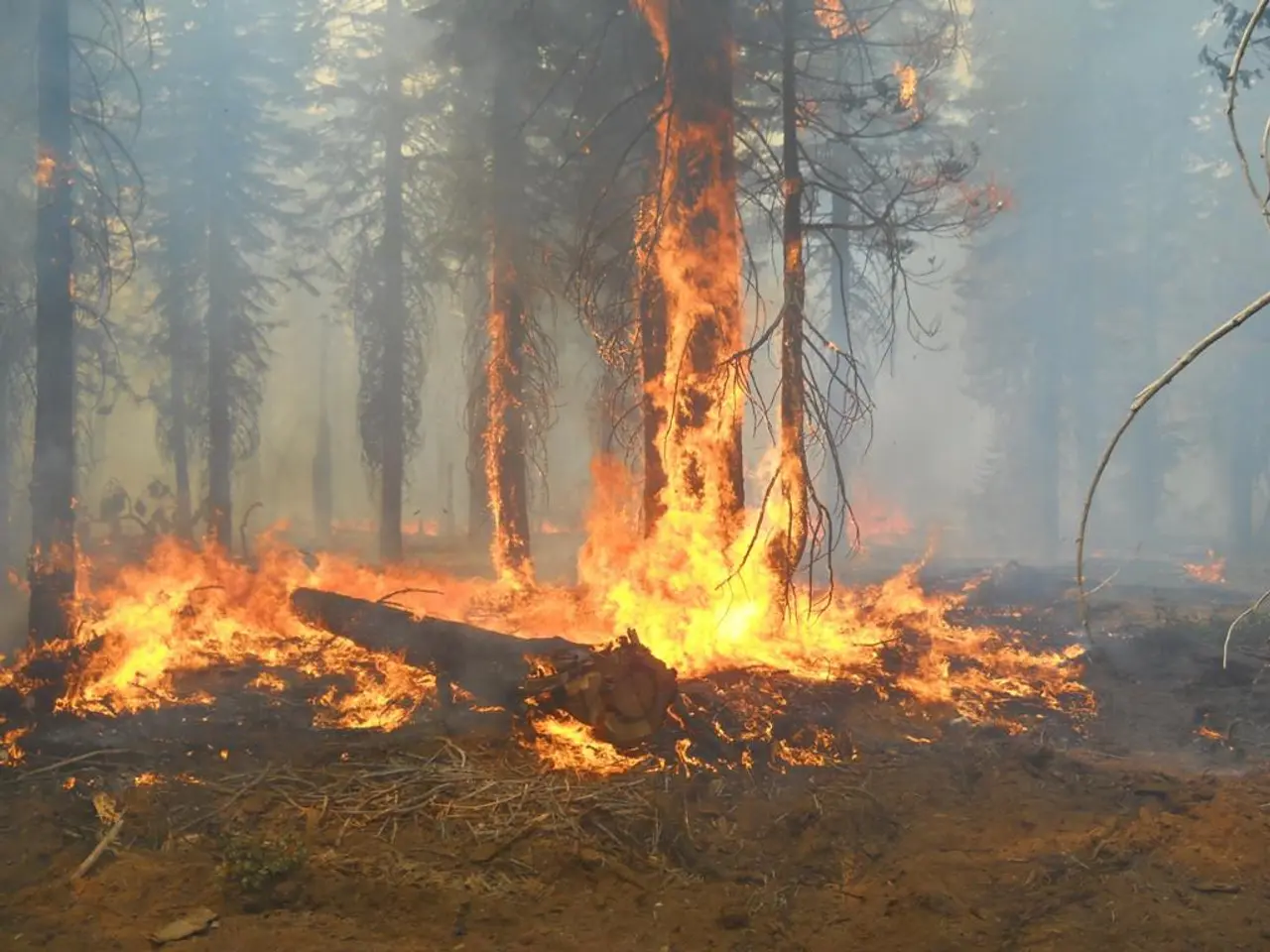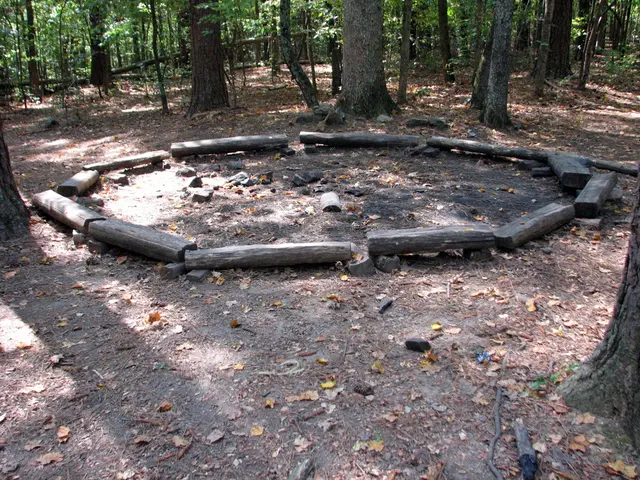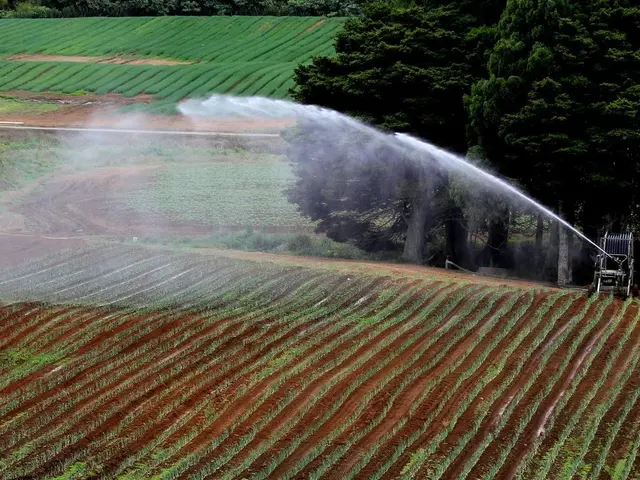U.S. Forest Service Reviews Management to Enhance Climate Resilience After Devastating Dixie Fire
The U.S. Forest Service is reviewing its management practices to enhance climate resilience. This comes after the devastating Dixie Fire in Northern California, which burned for three months, causing billions in damages and destroying over 1,300 homes.
The Dixie Fire started on July 13, 2021, when a power line collapsed. It was fueled by extreme drought and heat, typical of the longer and more destructive wildfire seasons we're seeing due to climate change. The Biden administration is investing heavily in mitigation and resilience efforts.
Old growth forests, with their complex structures and diverse species, can help control fires. However, only 18% of U.S. forests are old growth. Over a century of fire suppression has led to unnaturally dense forests, making them more susceptible to fires. The Dixie Fire, which ravaged nearly one million acres, is a stark reminder of this. Conservation and stewardship of mature and old-growth forests can help mitigate future wildfires.
The Dixie Fire, caused by a power line collapse, was exacerbated by extreme climate conditions. It destroyed countless homes and caused billions in damages. The Forest Service is now considering new rulemaking to enhance climate resilience. Protecting and restoring old growth forests can help control future wildfires, as these forests are more resilient and have diverse species. The ongoing megadrought in the U.S. West underscores the urgency of these efforts.








